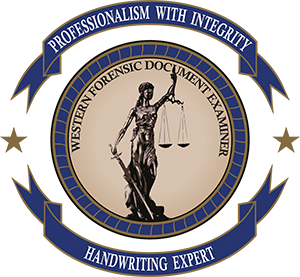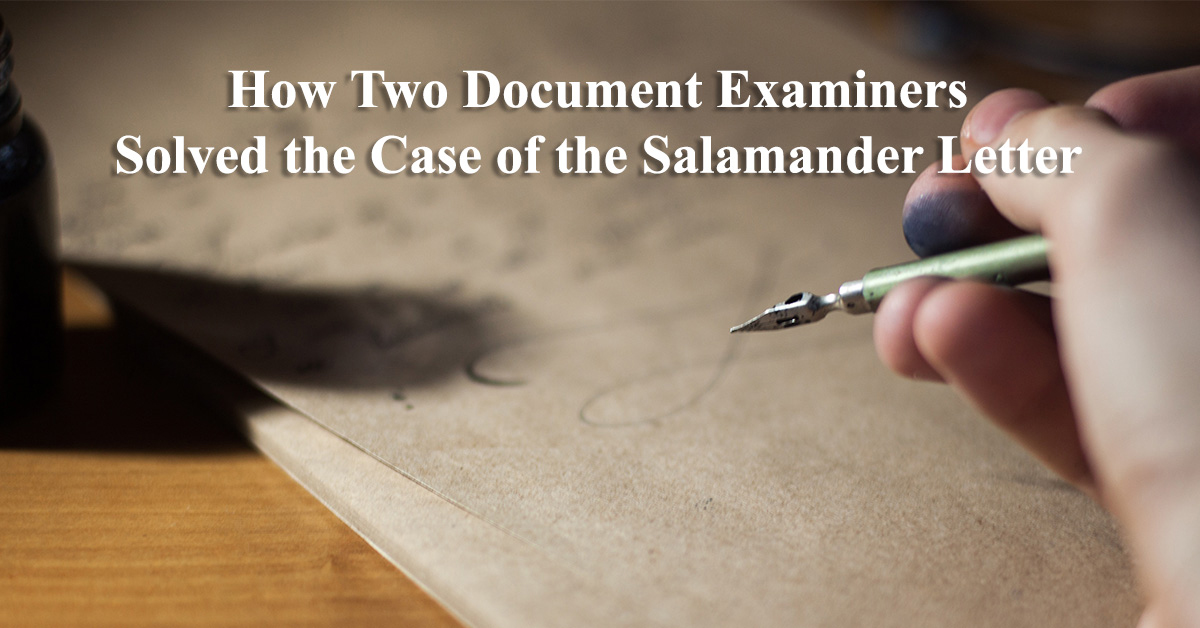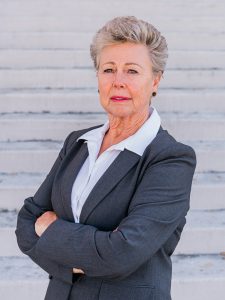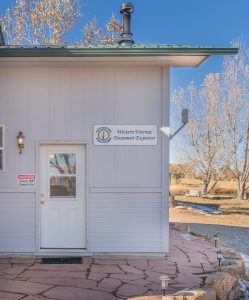The salamander letter or white salamander letter was a document that caused many disputes about the origin of the church of the Latter-Day Saints and later turned out to be a forgery created by Mark Hofmann. Mark Hofmann is a document forger, counterfeiter, and was also convicted of murdering two people to try to cover up his tracks. But two document examiners were able to put all the pieces together and figured out that the salamander letter was written by Mark Hofmann, not Martin Harris.
What is the Salamander Letter?
The salamander letter implied that the history of Joseph Smith and the church had some magical aspects to it. The salamander letter was supposedly written by Martin Harris. Martin Harris was an early founder of the church. The salamander letter mentioned the golden plates from which the Book of Mormon is said to be translated from. The letters implied a new story of the events the happened when Joseph Smith discovered the golden plates.
This letter states that when Joseph dug up the plates, a salamander appeared. It then transformed into a spirit and requested that Joseph’s dead brother Alvin also be present or Joseph would not be allowed to have the golden plates. Mark Hoffman’s use of the salamander in this letter draws from certain legends about various animals having supernatural powers and guarding treasures. He could also have been referring to a mythical creature that had a liking for fire. Because he was dissatisfied with the church, Mark may have tried to make the letter seem more sensational. This may also have increased its value but lead to more suspicion.
How Many Experts Were Fooled
Even though Mark seemed to be a faithful member of the church of the Latter-Day Saints, he was actually working from the inside to undermine the history of the church because of his personal dissatisfaction with it. He obtained a copy of other original writings of Martin Harris to copy his handwriting and writing style. He then went on to create many documents that were “written by” Martin Harris and moved on to upbuild the church.
Mark continued to keep “finding” many different documents from Martin Harris. Most of these documents were upbuilding to the church. Mark was increasing his credibility and many of his forged documents were considered markers of Martin Harris’ work. When Mark produced the salamander letter, many experts and well-known historians were fooled. They used his previous forgeries as comparisons to the salamander letters and they were said to be authentic by many experts.
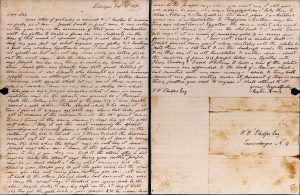
The salamander letter that Mark Hofmann forged, front and back
How Two Document Examiners Found the Forgeries
George Throckmorton was a document expert at the Utah attorney general’s office. He was never asked to help at first so he started doing his own research on this high profile case and was approached by a professor of church history. He began to see all the reports from other experts and found that the letter had never been dated. Only two main parts of it had been thoroughly examined- the ink and the paper. The paper used was 100% rag paper and the ink was an iron gallotannic composition. Both of these were used in the 19th century when the letter was supposedly written. Mark Hofmann could have written on old paper with iron gallotannic ink.
George went to the county office and explained how just the old paper and old ink didn’t prove much. He then got started with more in-depth research with William Flynn, another document examiner. Experts were skeptical that they’d find anything because the letter had already been authenticated by many experts and the FBI lab in Washington D.C. even said it was the real deal.
The two men began examining the documents upon a closer look under the microscope, George examined that there was a cracking pattern in the ink. Upon further research, they figured out that all of the documents that Mark Hoffman “found” had these same, microscopic cracked patterns in the ink. Then they found a seemingly insignificant note from the church’s early history. But it had Joseph Smith’s signature on it which increased the value of this note. On examining the text on this note they found that the text on the front had no cracking. But Joseph Smith’s signature on the back had the same cracking pattern as the rest of Mark’s “found” documents. George Throckmorton and William Flynn figured that Mark must have signed the back of this note to increase its value.
Solving the Mystery of the Cracked Ink
The cracked ink on these documents pointed to a forgery. To make newer paper and ink to appear old, it has to be artificially aged. William Flynn knew that certain chemicals could oxidize the iron component in this iron gallotannic ink. He also figured that Mark would have used a product that was easily accessible. He tried both household ammonia and sodium hydroxide and they both worked but with the ink mixture he made, it wasn’t cracking the ink as it did with the letter and other documents. The only thing that he and George Throckmorton could figure was that the ink they made and were testing must have been different from Mark Hofmann’s ink.
Eventually, they found the exact formula for 19th Century iron gallotannic ink that Mark Hoffman had used. They were missing gum arabic in their ink. When they tried to duplicate Mark’s techniques again, they used the same ink and exposed it to sodium hydroxide. The ink then showed the exact same cracking pattern that it did in Mark Hofmann’s documents. The gum arabic used in Mark Hofmann’s ink underwent a dramatic change when exposed to the sodium chloride. It caused the gum to go from a thin fluid to a brittle material that would crack when dried quickly.
George Throckmorton and William Flynn started to find other signs as they examined the documents from Mark Hofmann. Under exposure to ultraviolet light, a feathering effect could be seen on some documents. This happens when the ink on the documents bleeds and runs, usually meaning that the papers had been hung out to dry.
As you can see, handwriting analysis alone can’t always prove the authenticity of a signature or document. As an expert certified forensic document examiner, I look at every part of a document, down to the smallest details to determine its authenticity. Contact me to learn more about my services and how I can help your case!
